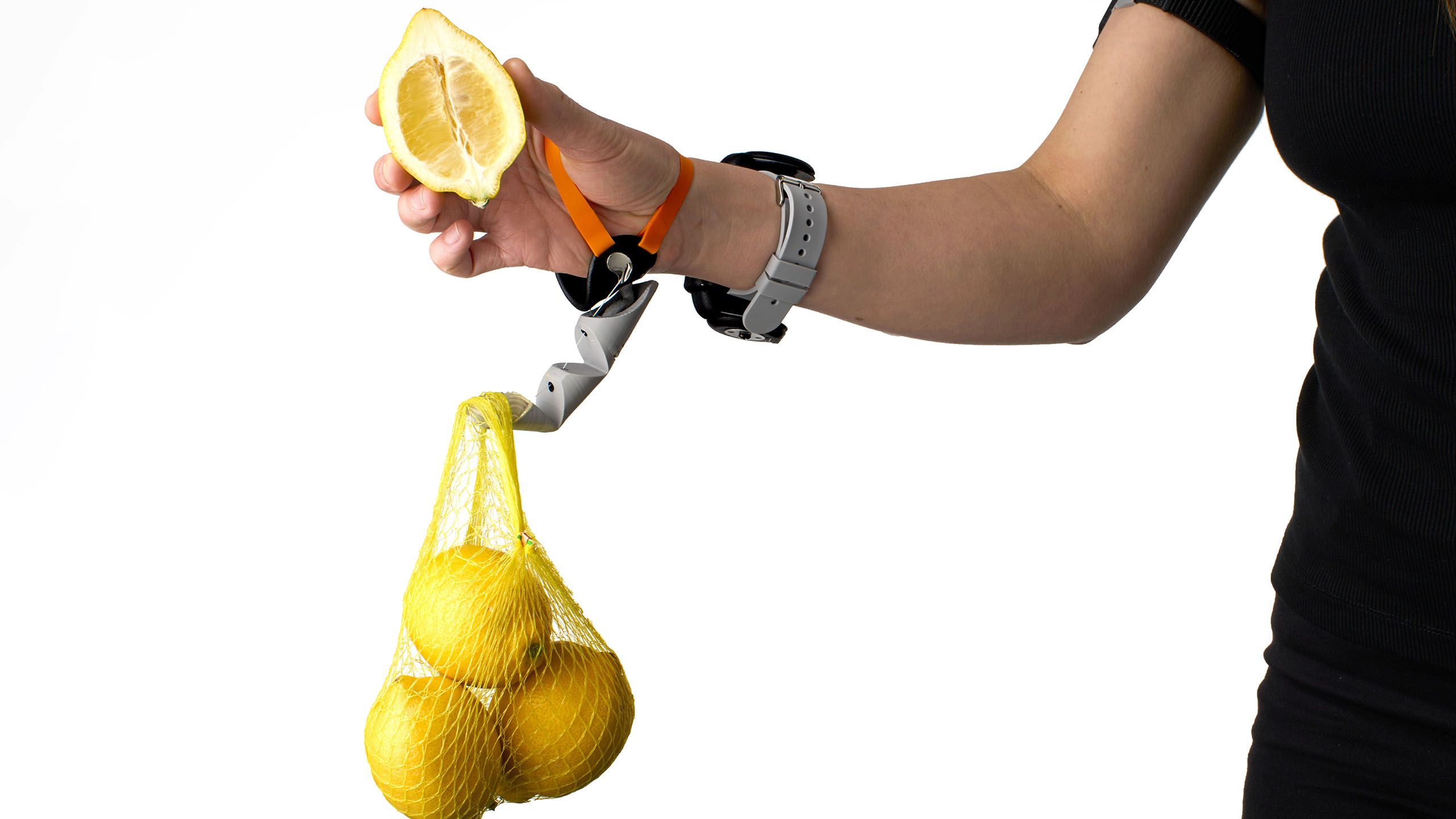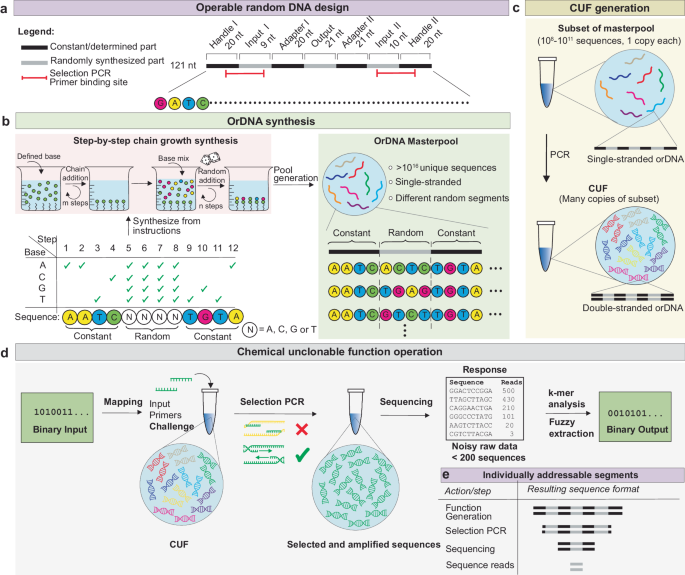2024-05-29 ケンブリッジ大学

◆ダニ・クロード氏が開発した「サード・サム」は、使用者の動作範囲を広げ、握力を高めるロボットの親指で、足の圧力センサーで制御されます。2022年のロイヤルソサイエティのサイエンス展でテストされ、ほとんどの参加者が直ちに使用できました。この技術の設計段階での包括性と大規模な物理的テストが成功の鍵とされています。
<関連情報>
大規模かつ多様なサンプルにおける手指補強デバイスの初期ユーザビリティの評価 Evaluating initial usability of a hand augmentation device across a large and diverse sample
DANI CLODE, LUCY DOWDALL, EDMUND DA SILVA, KLARA SELÉN, […], AND TAMAR R. MAKIN
Science Robotics Published:29 May 2024
DOI:https://doi.org/10.1126/scirobotics.adk5183
Editor’s summary
It is often the case that diverse populations are not considered during the development of motor augmentation technology. To ensure inclusive wearability, Clode et al. explored the usability of a 3D-printed hand augmentation device called the Third Thumb across a range of demographics at the Royal Society Summer Science Exhibition. Of 596 participants, 98% were able to successfully wear, operate, and perform a task with the Third Thumb. To assess usability, participants were asked to complete one of two tasks that involved moving pegs or various foam objects. Although everyone could perform the task, performance was generally poorer among younger children, whereas younger and older adults performed similarly. Meanwhile, they found that gender or handedness did not influence performance. —Melisa Yashinski
Abstract
The advancement of motor augmentation and the broader domain of human-machine interaction rely on a seamless integration with users’ physical and cognitive capabilities. These considerations may markedly fluctuate among individuals on the basis of their age, form, and abilities. There is a need to develop a standard for considering these diversity needs and preferences to guide technological development, and large-scale testing can provide us with evidence for such considerations. Public engagement events provide an important opportunity to build a bidirectional discourse with potential users for the codevelopment of inclusive and accessible technologies. We exhibited the Third Thumb, a hand augmentation device, at a public engagement event and tested participants from the general public, who are often not involved in such early technological development of wearable robotic technology. We focused on wearability (fit and control), ability to successfully operate the device, and ability levels across diversity factors relevant for physical technologies (gender, handedness, and age). Our inclusive design was successful in 99.3% of our diverse sample of 596 individuals tested (age range from 3 to 96 years). Ninety-eight percent of participants were further able to successfully manipulate objects using the extra thumb during the first minute of use, with no significant influences of gender, handedness, or affinity for hobbies involving the hands. Performance was generally poorer among younger children (aged ≤11 years). Although older and younger adults performed the task comparably, we identified age costs with the older adults. Our findings offer tangible demonstration of the initial usability of the Third Thumb for a broad demographic.



